Advertisement
Study highlights potential unrecognized bias in lung transplantation listing patterns
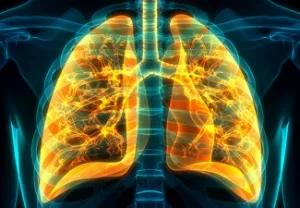
In the U.S., approximately 35% of individuals with cystic fibrosis who are eligible for a lung transplant are not referred for one. Researchers set out to understand if a candidate’s socioeconomic position plays a role in their access to lung transplant. The authors published their findings in the Annals of the American Thoracic Society.
Advertisement
Cleveland Clinic is a non-profit academic medical center. Advertising on our site helps support our mission. We do not endorse non-Cleveland Clinic products or services. Policy
“Many patients who end up on the waiting list are those who have the resources available to manage their post-transplant needs, which may include relocation costs and transplant medications,” says Carli Lehr, MD, MS, a pulmonologist at Cleveland Clinic and first author of the study.
While ensuring transplant recipients can manage their post-transplant care, the authors theorized that the perception of being unable to manage post-transplant care, as measured by markers of socioeconomic position, may exacerbate disparities in access to care within an already vulnerable patient population.
To better understand the impact of socioeconomic position on the likelihood of waitlisting for a lung transplant, the investigators examined a cohort of 3,110 patients (1,555 waitlisted and 1,555 never waitlisted) in a merged data set from the Cystic Fibrosis Foundation Patient Registry and the Scientific Registry of Transplant Recipients. “It was critical to look at both patient registries to ensure we were able to count people on the waiting list but also capture people who were eligible for transplant but were not placed on the waiting list,” Dr. Lehr points out.
From there, the researchers developed a matching (1:1) strategy to directly compare waitlisted cases to non-waitlisted cases. Specifically, they compared age, forced expiratory volume in 1 second, percentage predicted calculated using Global Lung Initiative references equations and calendar year group, an approach that Dr. Lehr says was important to make an apples-to-apples comparison between cases (waitlisted) and controls (not waitlisted).
The team utilized a collection of clinical and socioeconomic variables to create two scores: the Cystic Fibrosis Health Score and the Socioeconomic Barrier Score.
The Cystic Fibrosis Health Score was created to determine the impact of medical risk factors on the likelihood of waitlisting. These clinical variables include sex, supplemental oxygen use, BMI category, hemoptysis status, forced vital capacity, methicillin-resistant Staphylococcus aureus, multi-drug resistant Pseudomonas aeruginosa, and days spent on IV antibiotics. These factors are known to impact mortality in individuals with cystic fibrosis.
Similarly, the Socioeconomic Barrier Score was developed to gauge the impact of accrual of markers of lower socioeconomic position. It was comprised of race/ethnicity, marital status, highest education level achieved, insurance type (Medicaid, Medicare, private, or other), census-based median household income in the five-digit zip code, and proximity to the nearest transplant program.
They divided the socioeconomic data into two categories (low, high) based on the likelihood of waitlisting and the CF Health Score into three categories (low, intermediate, high). The team performed a logistic regression analysis for all six categories.
Advertisement
“The goal of creating this score was for it to function as an effect modifier to a patient’s baseline probability of being listing that can be applied clinically. For example, we wanted to be able to understand how having a certain number of social barriers to transplant impacted a patient’s likelihood of being placed on the waiting list,” emphasizes Dr. Lehr. “The clinical score served as a proof of concept for the socioeconomic position utilization as a strategy.”
The researchers found a relationship between a higher number of socioeconomic barriers and a decreased likelihood of being placed on the waiting list, irrespective of disease severity. “This was the most striking finding for us. We anticipated that socioeconomic status would play a significant role in access, but I don’t think we realized the magnitude of its importance,” she says.
“Studies like this should motivate clinicians, lung transplant centers and transplant policy-makers to think about new ways to ensure access for vulnerable patient populations,” stresses Maryam Valapour, MD, MPP, Director of Lung Transplant Outcomes in Cleveland Clinic’s Respiratory Institute and senior author of the study.
For example, in 2019 the Cystic Fibrosis Foundation developed guidelines for lung transplant that advocates for early referral to lung transplant centers before the patient needs a lung transplant. “With the preemptive knowledge that a patient may clinically decline and require a life-saving lung transplant in two years, for example, we can utilize a transplant center’s available resources to help them overcome modifiable barriers, improving their likelihood of receiving a timely transplant,” says Dr. Valapour.
Aside from earlier intervention strategies, Dr. Lehr concludes that the study shines a light on potential unrecognized bias in lung transplantation listing patterns. “The more aware we are of the potential for bias in medicine, the more likely we are to allow data to guide our clinical decision-making process.”
Drs. Lehr and Valapour are lung transplant pulmonologists at the Cleveland Clinic, Respiratory Institute. Dr. Lehr holds the Maureen and Gregory Chair in Lung Transplant Research. Dr. Valapour is the Director of Lung Transplant Outcomes, Cleveland Clinic and Senior Lung Transplant Investigator for the U.S. Scientific Registry of Transplant Recipients.
Advertisement
Advertisement

The agent-based model aims to improve prediction accuracy
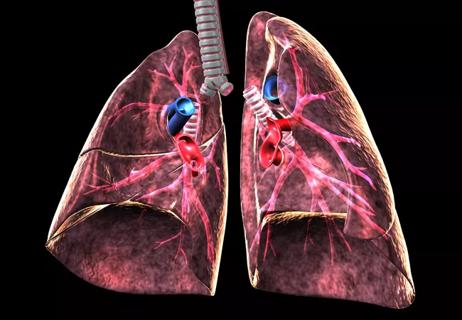
Cleveland Clinic pulmonologists aim to further lower waitlist times and patient mortality
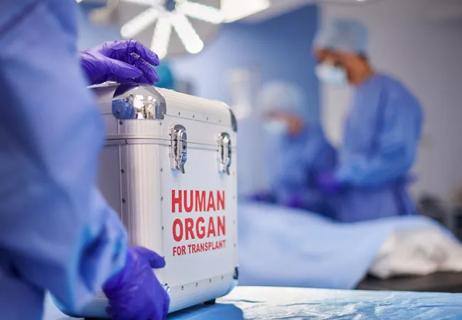
New research aims to improve suboptimal lung transplant outcomes by “looking beyond the walls of hospitals”
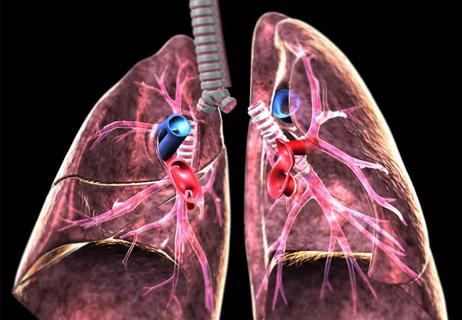
Data indicates transplant outcome disparities exist, but thoughtful planning is needed to address the problem

Counseling before and after transplantation can help patients navigate the balance between safety and practicality
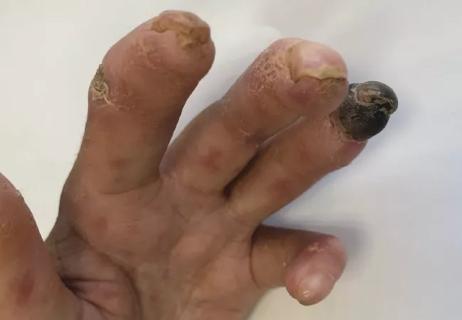
Multisystem diseases require multi-disciplinary approach for the best care

Criteria reflect a rethinking of some contraindications
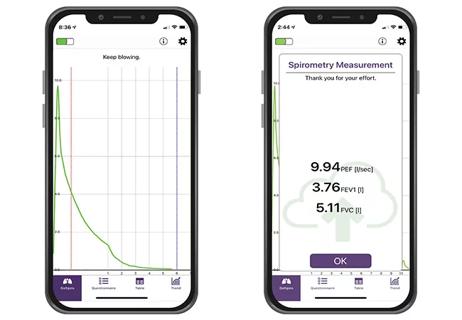
Mobile app designed to improve access to lung transplant and reduce waitlist mortality